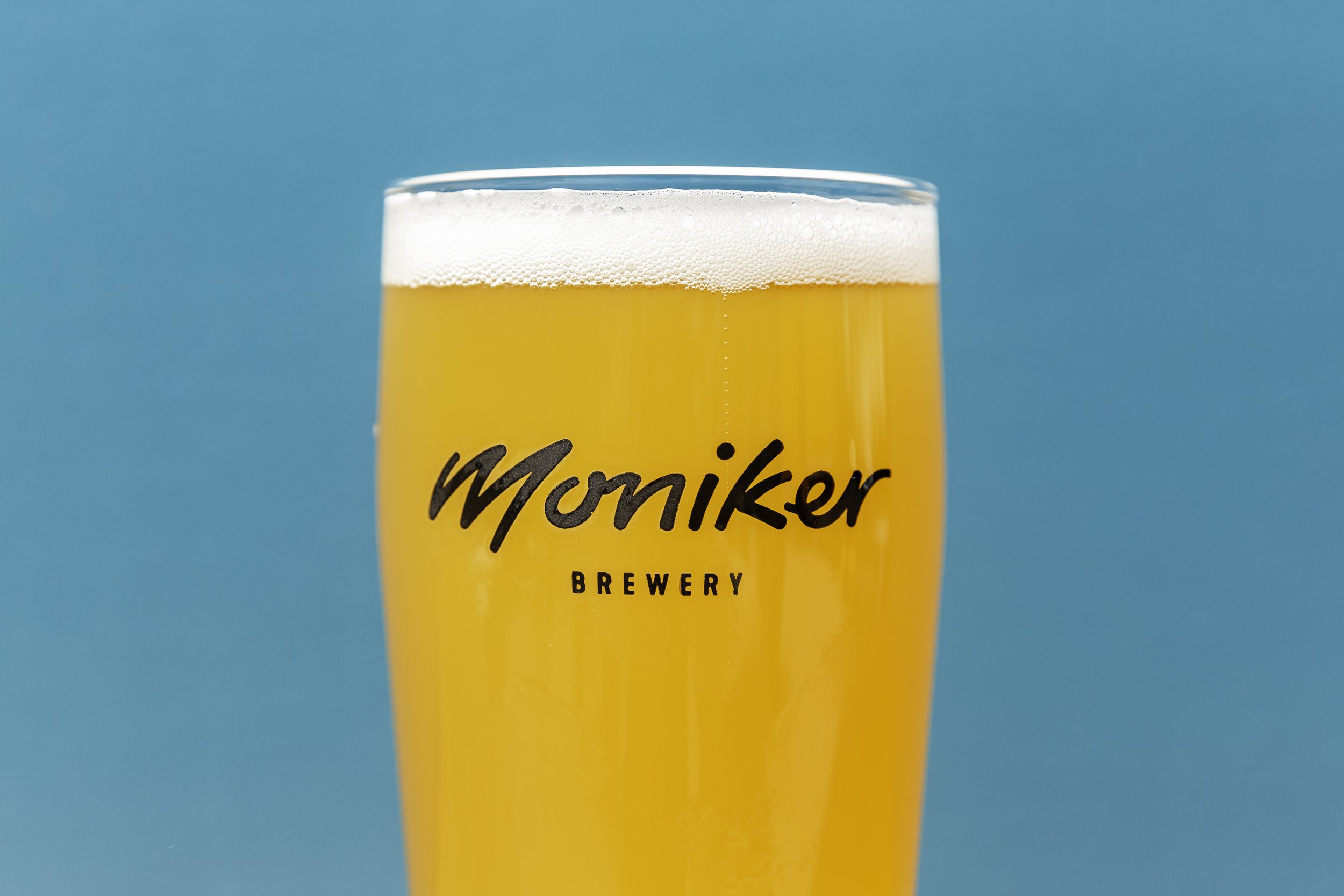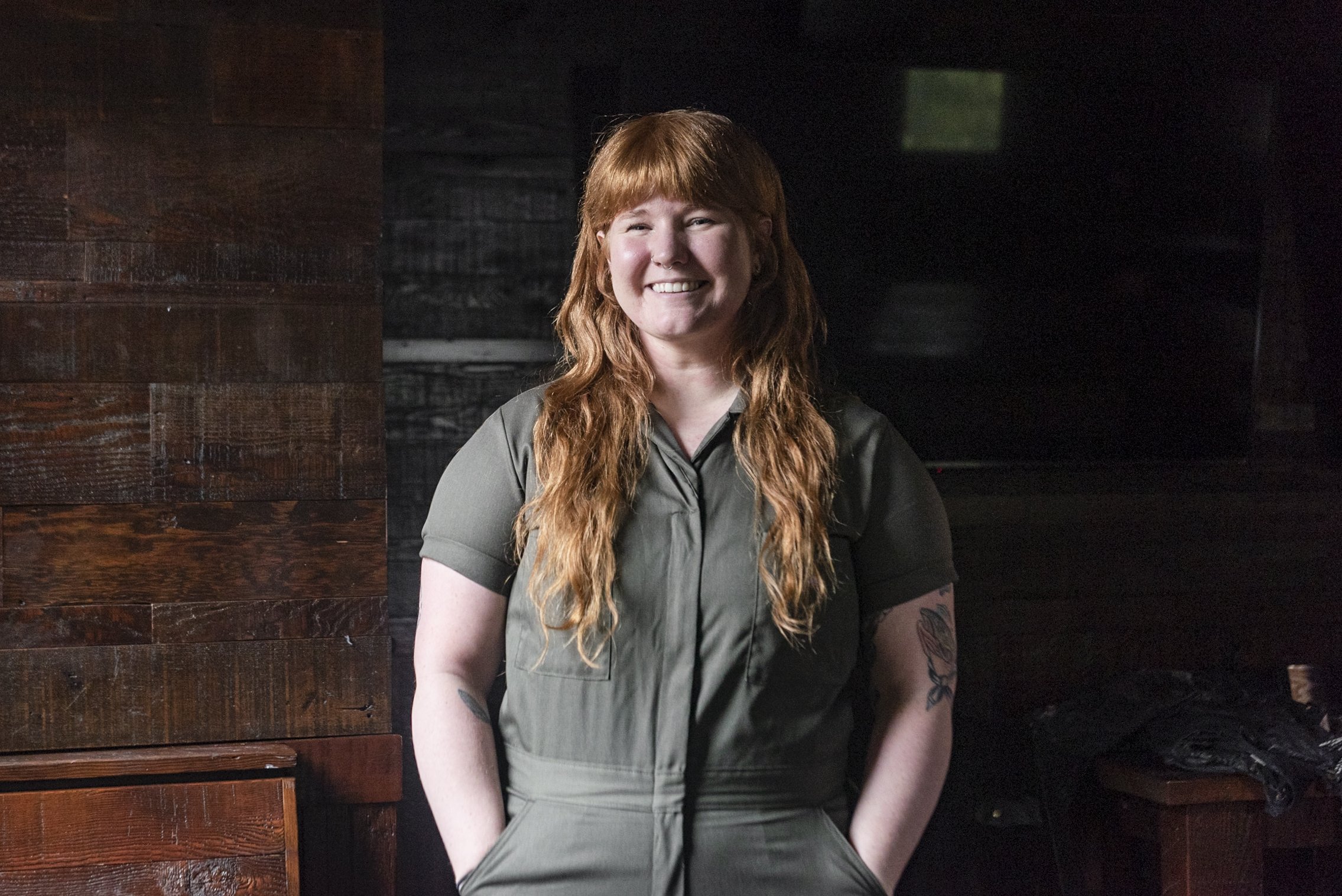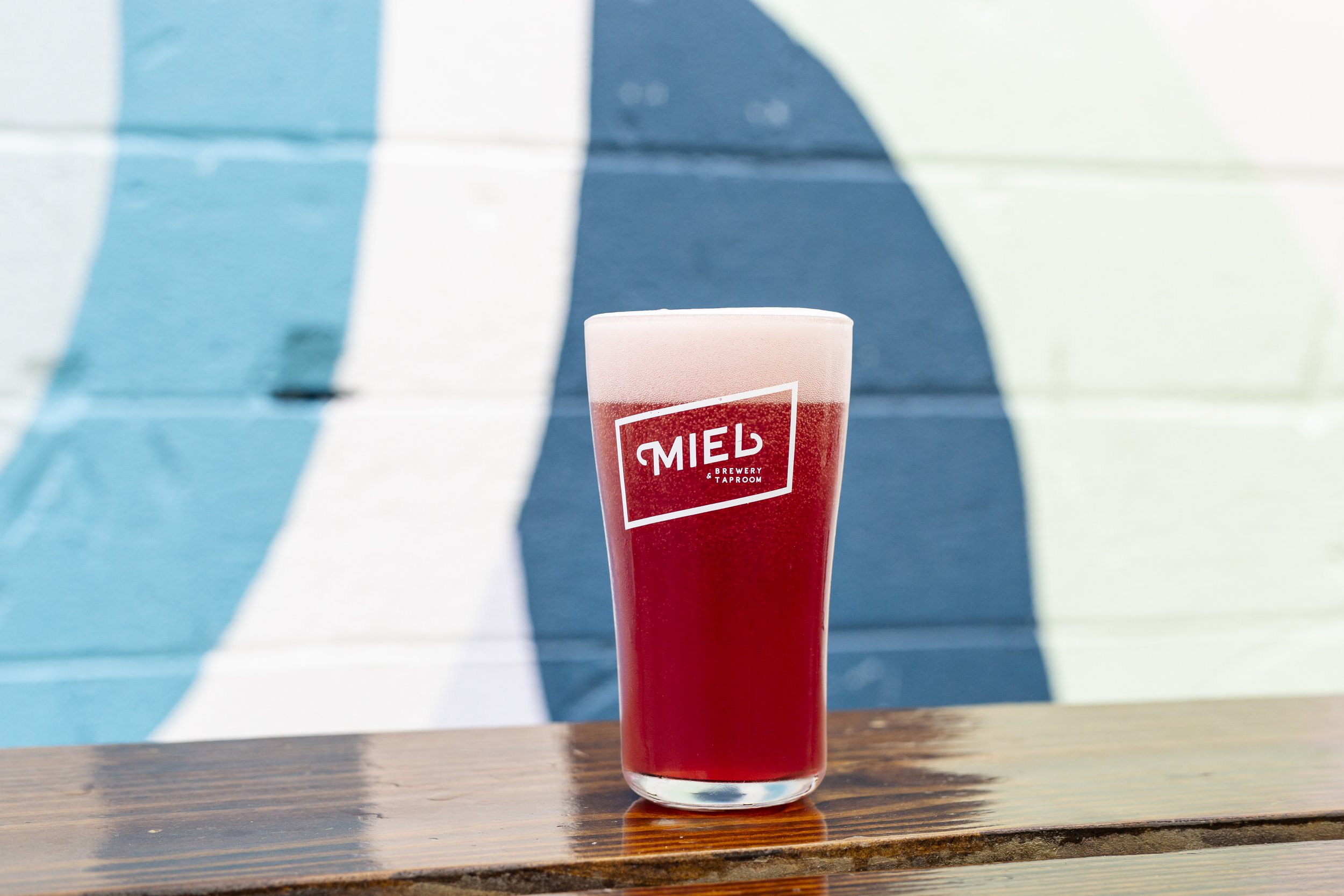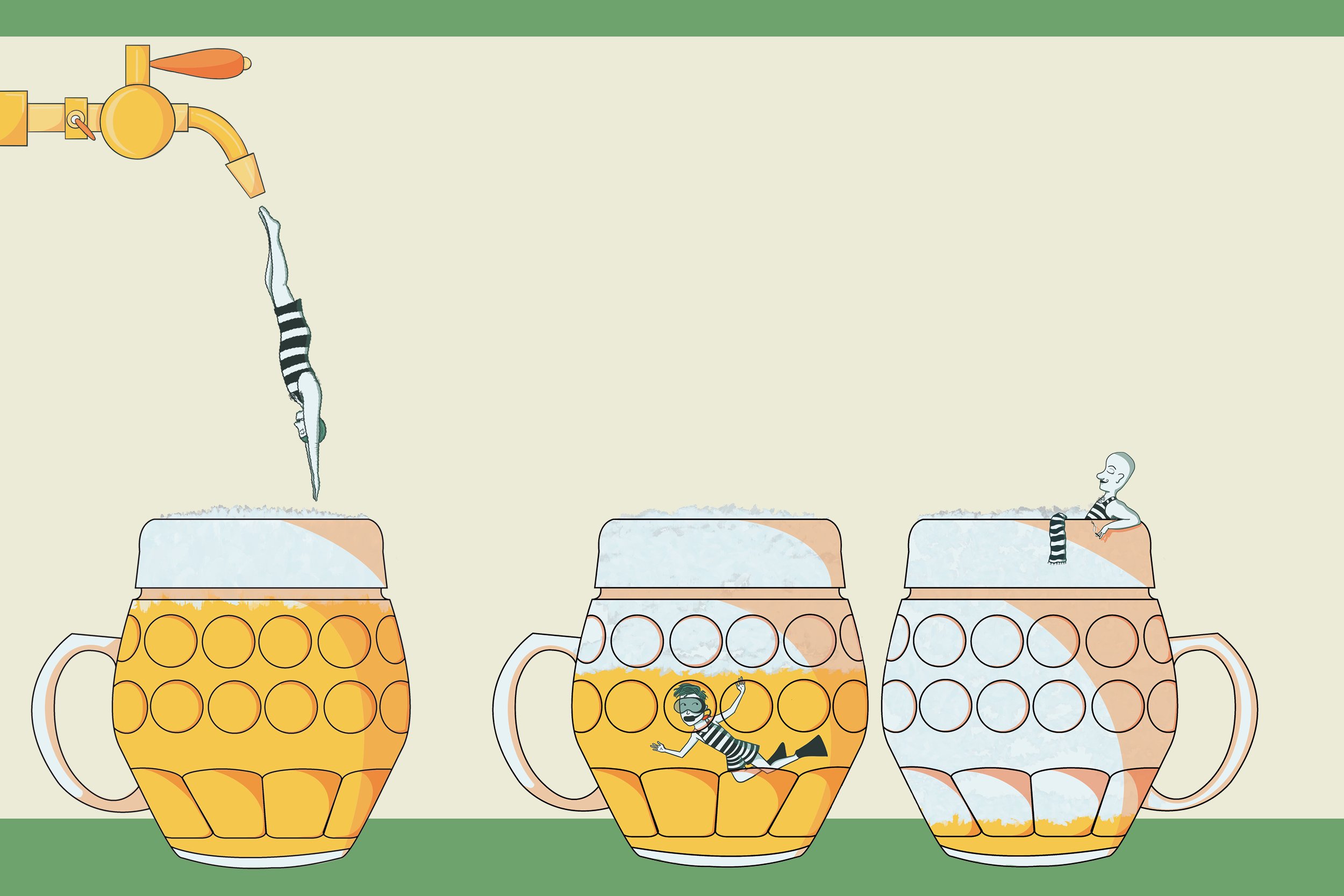Love, Labor, and Commitment: Get Onboard the LIC Coolship
Brewer Daniel Acosta's coolship is the foundation of his LIC brewery, and of only a handful of in-haus urban coolships in the country.
Daniel Acosta is pushing the boundaries of urban beer making with his LIC Beer Project and Belgian-style farmhouse ales. To pursue that style of brewing in an industrial setting, Acosta designed and built one of the country’s only urban coolships for around $25K.
For the uninitiated, a coolship is a large, shallow vessel with a wide surface area that allows the wort (unfermented beer) to rapidly cool. During the cool down, naturally occurring yeast and bacteria make their way into the wort and initiate fermentation. (In most breweries and with all ales and lagers, brewers inoculate wort with yeasts or bacteria.) In the following interview, Acosta explains why the coolship is central to LIC and just how it works.
Sean Kenniff: Why use a coolship?
Daniel Acosta: Spontaneous fermentation is brewing in its most natural state. There are several variables that the brewer can manipulate to create the wort, but, ultimately, local microflora will create the beer. It’s a style very near and dear to me because it was the first of the Belgians ales I experienced while in Europe.
SK: Why isn’t everybody doing it?
DA: That’s a good question, considering it’s the way all beer was produced at one time. For one, there are many parts of the process that are unpredictable. Modern brewers are used to fermenting beer in stainless steel, as opposed to oak barrels. Secondly, spontaneously fermented beer takes anywhere from one to three years, and not all climates yield the best results. It’s a labor of love! It’s not the most profitable or efficient brewing method, and after all, we live in a world where people aren’t that patient. Many people may not be as familiar with handling or coopering oak vessels, blending, or secondary fermentation in the bottle, all of which are integral to the process.
SK: What types of micro-organisms and bacteria are present in the coolship?
DA: In the batches we’ve tested, labs found more than 1,500 yeasts and bacteria. Primary fermentation usually starts with a dominance of enterobacteriaceae for about a month, followed by several months of pediococcus, lactobacillus, and several strains of wild saccharomyces. Finally, the beer will finish up with a number of brettanomyces strains.
SK: How do you prep the coolship?
DA: Not very much. We open all the vents to our room [that houses the coolship] the day before we brew. The next day we fill.
SK: Tell us about the journey of a typical beer brewed with your coolship?
DA: We have two base beers that we brew through the coolship, a golden and a rouge. We brew a traditional turbid mash, which is the traditional mashing process used for the production of spontaneously fermented beer, better known as lambic (we don’t ever call the beer lambic in honor to the brewers who produce the style in the Senne river valley outside Brussels). The mashing consists of multiple temperature rests through infusions of hot water, along with removal of wort that has not fully converted into fermentable sugar. The process results in a highly dextrinous wort that eventually acts as food for the wild yeasts and bacteria. We then sparge with very hot water to extract a high yield from the malted and unmalted grain. This also results in a more tannic wort. Following a long boil, we move into the coolship and allow the wort to cool down overnight. The next day we come in and fill oak barrels and wait for fermentation to begin.









